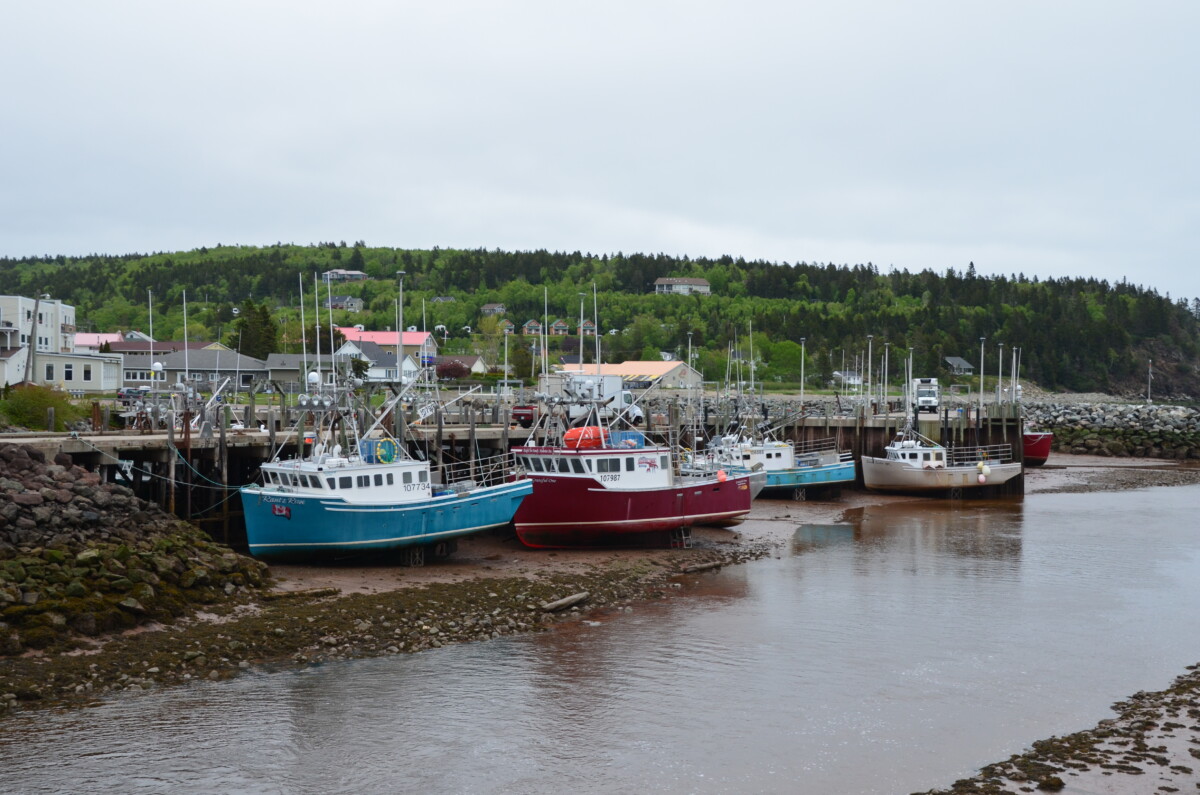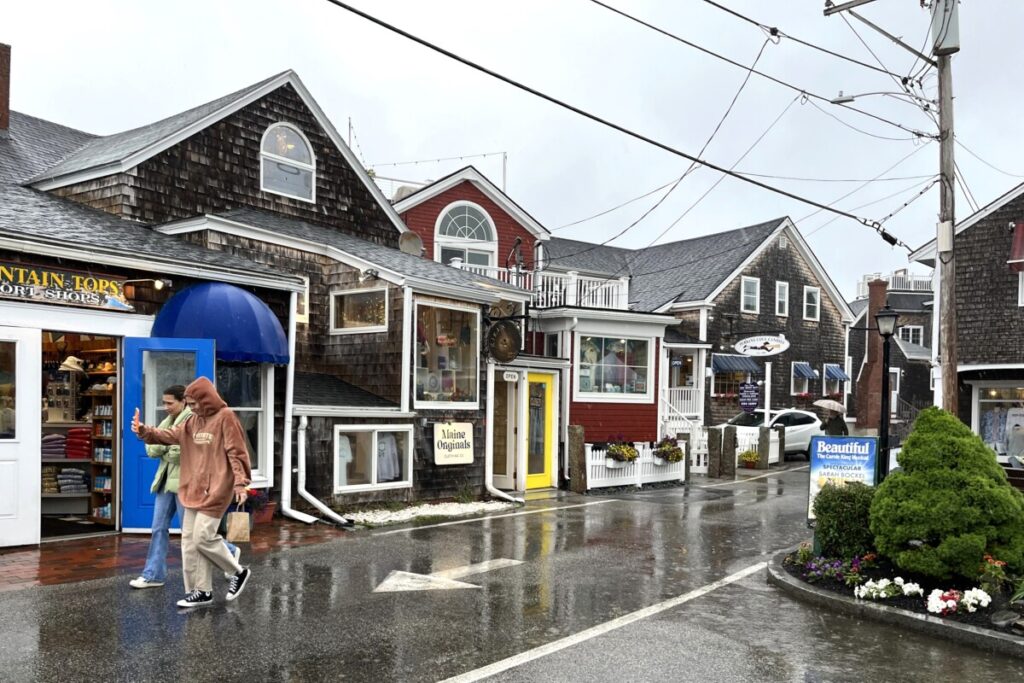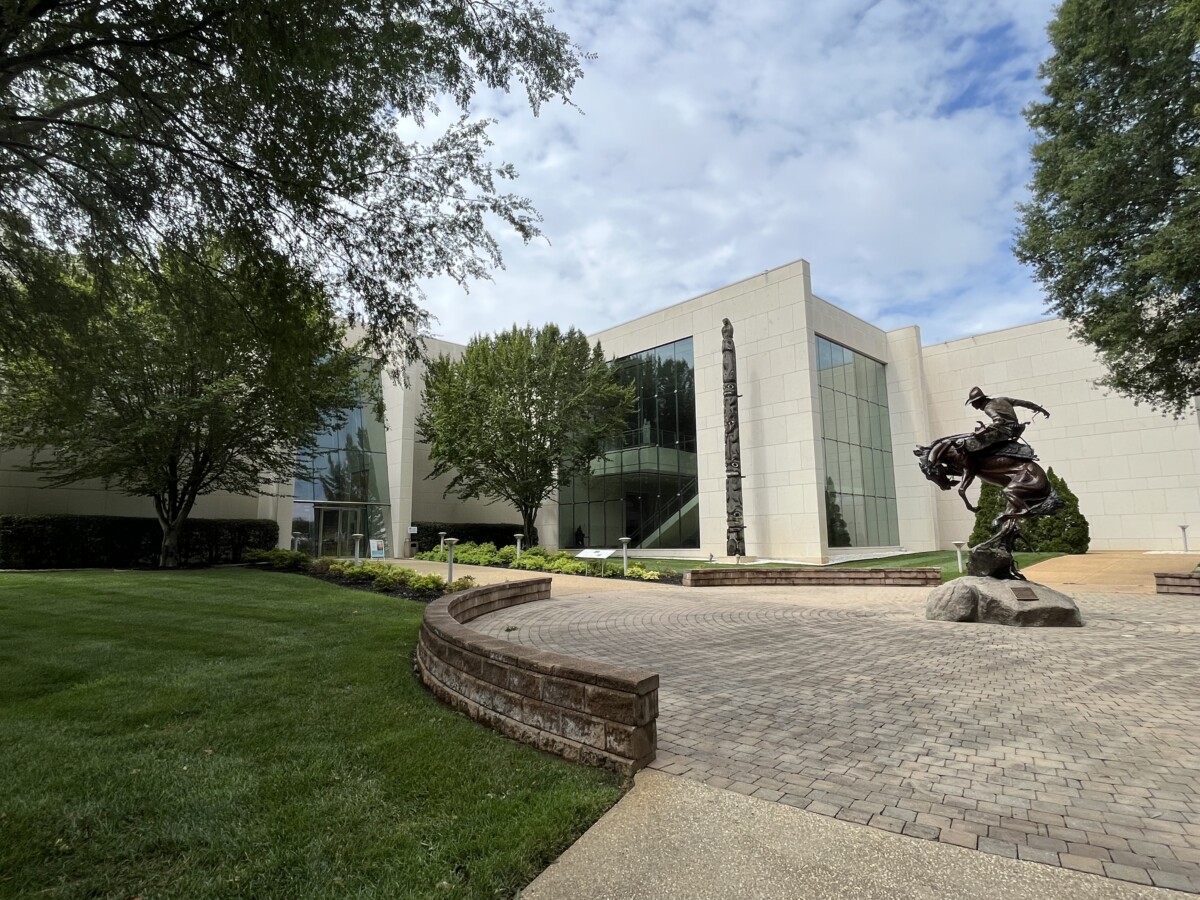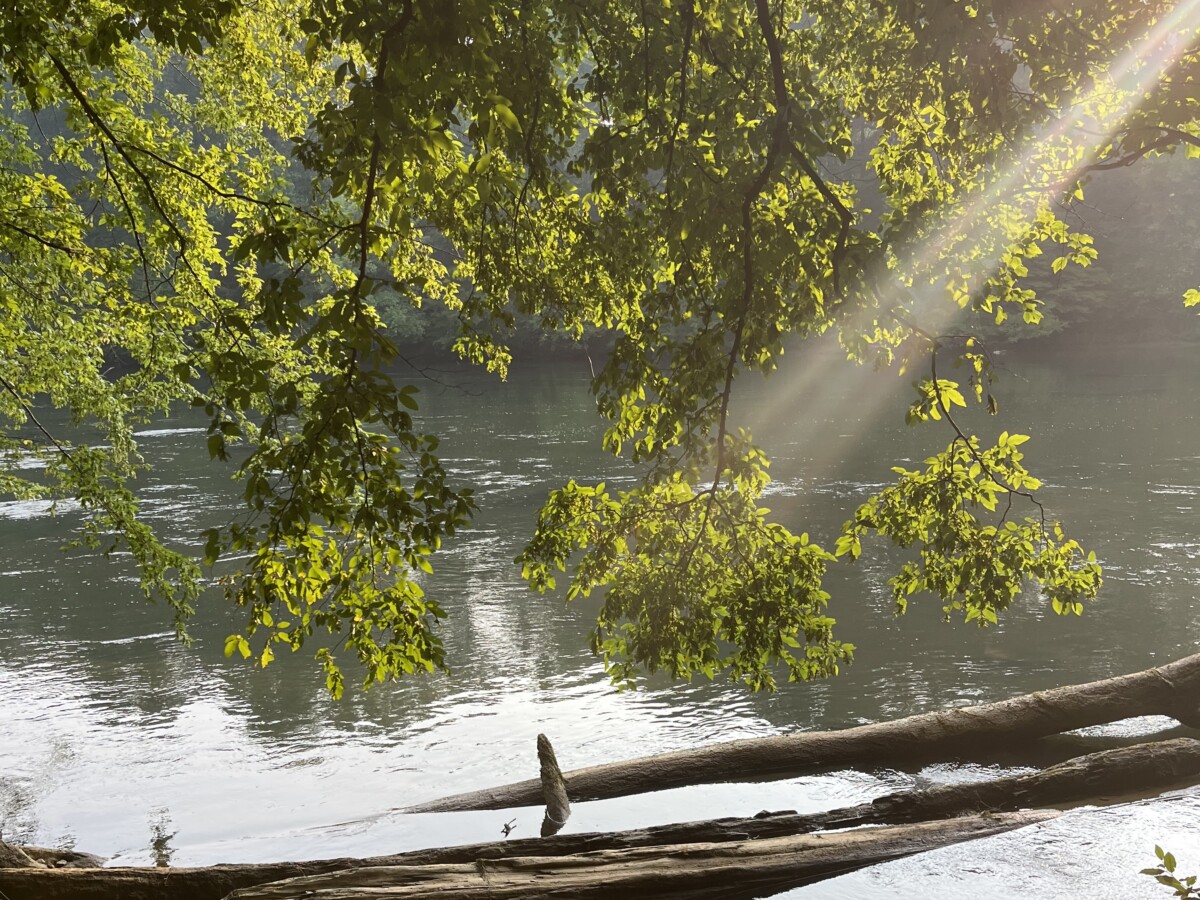Hopewell Rocks, Cape Enrage, & Fundy National Park – New Brunswick
Fundy National Park
After experiencing the amazing Fundy Trail Parkway in the previous post, we entered Fundy National Park. Founded in 1948, the park is small at 80 square miles. However, it boasts over 50 miles of hiking trails, 25 waterfalls, camping, two lakes, a golf course, a covered bridge, and 8 miles of coastline.
(more…)



